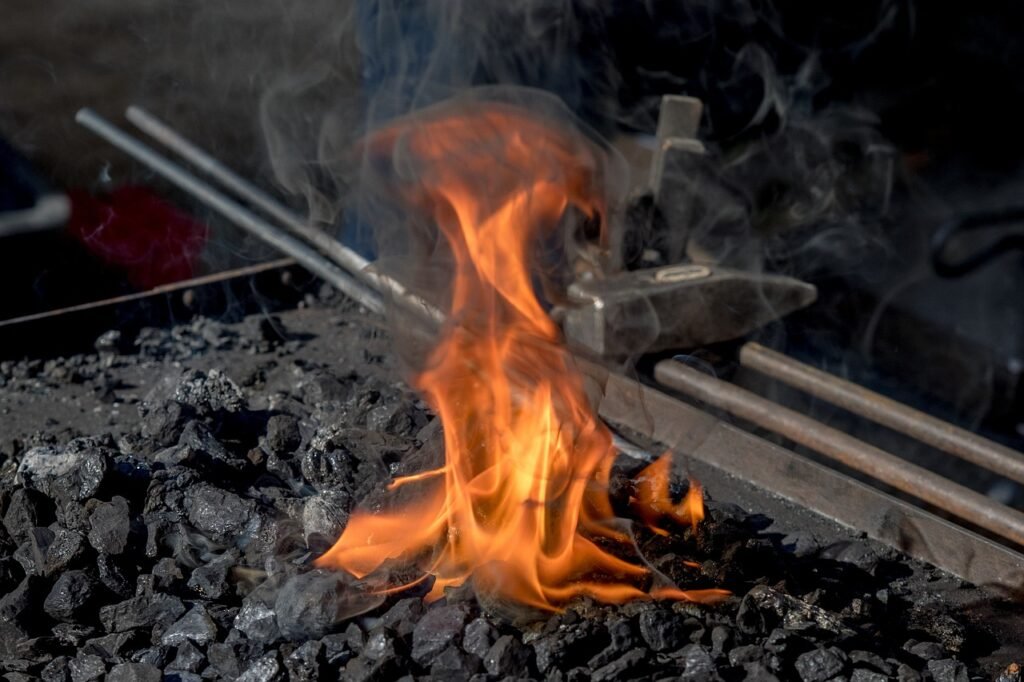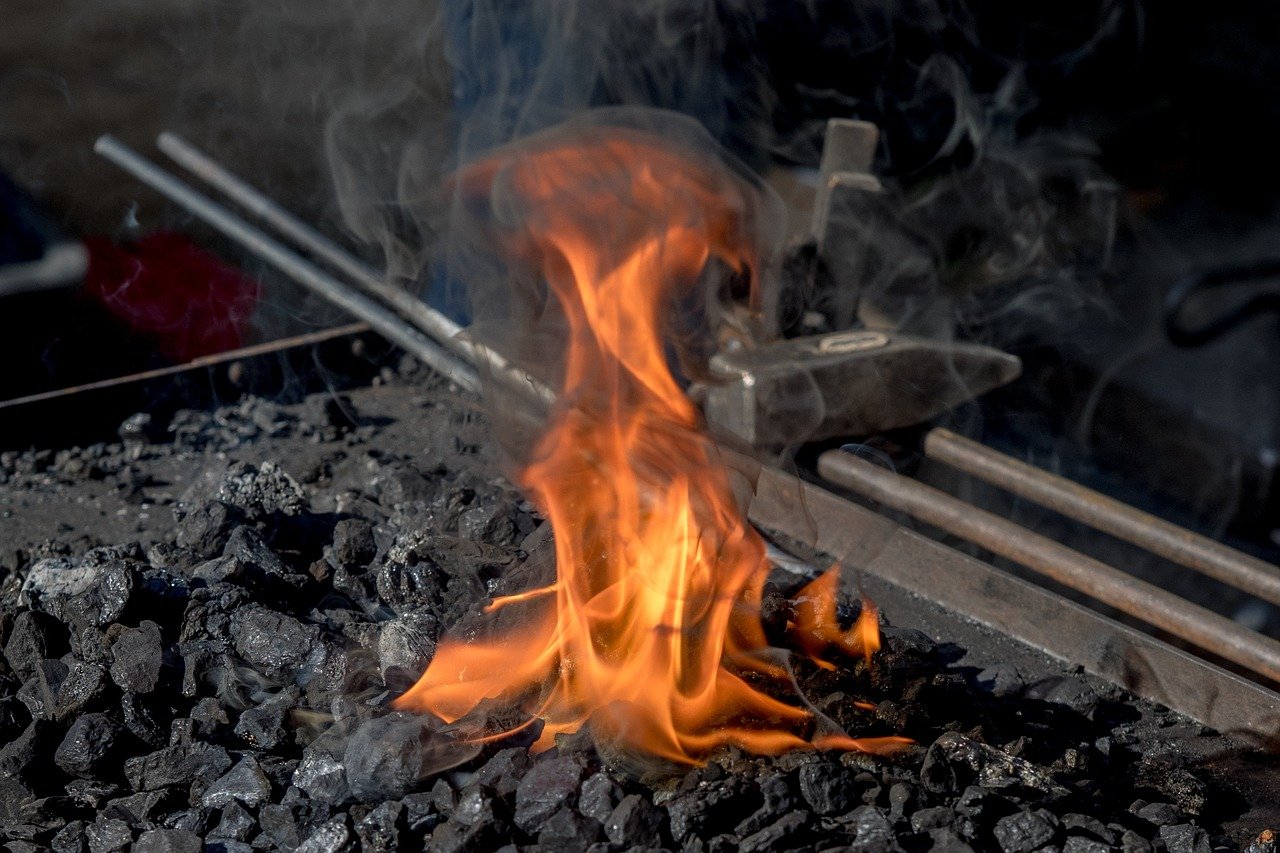
Understanding Steel Forging
Steel forging is a crucial process in metallurgy, characterized by the plastic deformation of steel to shape it into desired forms. This technique dates back to ancient civilizations, signifying its historical significance in the production of tools, weapons, and construction materials. Over the centuries, the process has evolved, but its fundamental principles have remained consistent: steel is heated and then mechanically deformed to achieve the desired geometry. The malleability that emerges under heat allows for intricate designs while maintaining the integrity of the steel.
One of the key advantages of steel forging over other steel-forming methods, such as casting or machining, is the enhancement of mechanical properties. Forged steel generally exhibits greater strength, durability, and resistance to impact due to refined grain structures formed during the forging process. This improvement makes forged steel highly suitable for high-stress applications in industries such as aerospace, automotive, and construction, where strength and reliability are paramount.
The types of steel commonly used in forging include carbon steel, alloy steel, and stainless steel. Each of these has specific characteristics that affect the final product’s performance. For example, carbon steel, known for its hardness and tensile strength, is often utilized in applications that require high wear resistance. Alloy steels incorporate various elements to produce specific properties, enhancing everything from toughness to corrosion resistance, while stainless steel is preferred in environments where resistance to oxidation and staining is crucial.
Common applications of forged steel products range from gears, crankshafts, and axles in heavy machinery, to components in aircraft and automotive sectors, underscoring the versatility and indispensability of this process. Steel forging not only supports the functionality of various applications but also ensures longevity, reinforcing its position as a vital method in contemporary metallurgy.
Preparing Materials and Tools
The first step in the steel forging process is to prepare the necessary materials and tools adequately. Selecting the right type of steel is crucial, as not all steel grades are suitable for forging. Commonly used steels include carbon steel, tool steel, and alloy steel. Each variety offers different properties; for instance, carbon steel is favored for its strength and durability, while tool steel is often used for its hardness and ability to retain sharp edges after forging.
Once the steel type is chosen, the next requirement is a suitable furnace or forge. The primary function of these heat sources is to raise the steel’s temperature to a malleable state, enabling shaping and forming. There are various types of forges, including gas forges, coal forges, and electric induction forges. Each type has its advantages and operational considerations, thus it is essential to choose a forge that meets the specific needs of your steel forging project.
Tools play a pivotal role in shaping the heated steel into the desired form. Essential tools include hammers, anvils, and dies. Hammers come in different sizes and weights, typically ranging from a small cross-peen to a heavier forging hammer that is used for substantial work. Anvils provide a solid surface where steel can be shaped and worked upon, while dies are used for mass production or creating intricate designs.
Safety should not be overlooked in the forging process. Appropriate safety equipment, such as safety goggles, heat-resistant gloves, and ear protection, is essential to protect the user. Additionally, establishing a safe working environment—free of distractions and hazards—further reduces the risk of accidents during the forging operation. Proper preparation of both materials and tools not only enhances the forging process’s efficiency but also contributes to producing high-quality steel products.
Heating the Steel
The process of heating steel is a pivotal step in achieving the desired malleability essential for forging. Proper heating ensures that the steel’s structure can be modified effectively without causing damage or weakening the material. There are several methods to heat steel, each with its specific advantages and applications. Among the most common methods are convection heating and induction heating.
Convection heating involves using a gas or electric forge to circulate hot air around the steel, gradually increasing its temperature. This method is relatively straightforward and allows for even heating, minimizing the risk of hot or cold spots that could lead to issues during the forging process. In contrast, induction heating generates heat directly within the steel by utilizing electromagnetic fields. This approach can offer rapid and precise temperature control, making it particularly useful for achieving high temperatures quickly and efficiently.
Temperature control is crucial in the heating process. Different types of steel have unique heating requirements, with some becoming malleable at lower temperatures while others may require more heat to become workable. For instance, low-carbon steel typically becomes easier to forge at temperatures around 1,100°C (2,012°F). Conversely, high-carbon steel may necessitate reaching temperatures of up to 1,300°C (2,372°F) to obtain the necessary malleability. Understanding the specific temperature requirements of the steel being used is essential for successful forging.
Assessing when the steel is ready for forging involves observing its color and consistency. As steel is heated, it will transition through various colors—beginning with a dull red, progressing to bright cherry red, and eventually reaching a yellow or orange hue. At these later stages, the steel’s malleability effectively increases, indicating that it is ready for shaping. Furthermore, the properties of steel change at different temperatures; therefore, the ability to recognize these changes is paramount to ensuring the forging process is carried out effectively.
The Forging Process
The forging process is a fundamental technique in metalworking that involves shaping heated steel to meet specific requirements. This process enhances the strength and durability of the steel by aligning the metal’s internal grain structure. The essential steps in forging can be categorized into various techniques, each with distinct advantages and applications.
Open-die forging is one of the most common methods utilized in the forging industry. During this technique, the heated steel is placed between two flat dies that do not enclose the material completely. As a result, the steel can be freely shaped, allowing for versatile designs and large components. This process is particularly useful for manufacturing heavy parts, such as industrial machinery components and aircraft parts.
In contrast, closed-die forging involves the use of dies that fully encase the heated steel, providing a more defined shape. This technique is often employed for producing smaller, complex components with precise dimensions. Closed-die forging is advantageous for mass production, as it ensures consistency and minimizes material waste.
Other significant techniques include hammering, pressing, and rolling. Hammering uses a power hammer to strike the steel, effectively shaping it through rapid force application. Pressing, on the other hand, utilizes a hydraulic or mechanical press to deform the steel, allowing for greater control over the final dimensions of the product. Rolling involves passing the heated steel through a pair of rolls to create thin sheets or shapes, which can then be further processed.
Post-forging treatment processes are crucial in achieving the desired properties of the forged steel. Cooling is typically the first step after forging, which can be done air-cooling or controlled cooling in a quenching medium. Heat treatment follows, enhancing the material’s hardness and toughness, tailored to specific applications. Finally, surface finishing techniques, such as grinding or polishing, are applied to improve the appearance and functionality of the forged components. By integrating these processes, manufacturers ensure that the forged steel not only meets but exceeds performance specifications.

